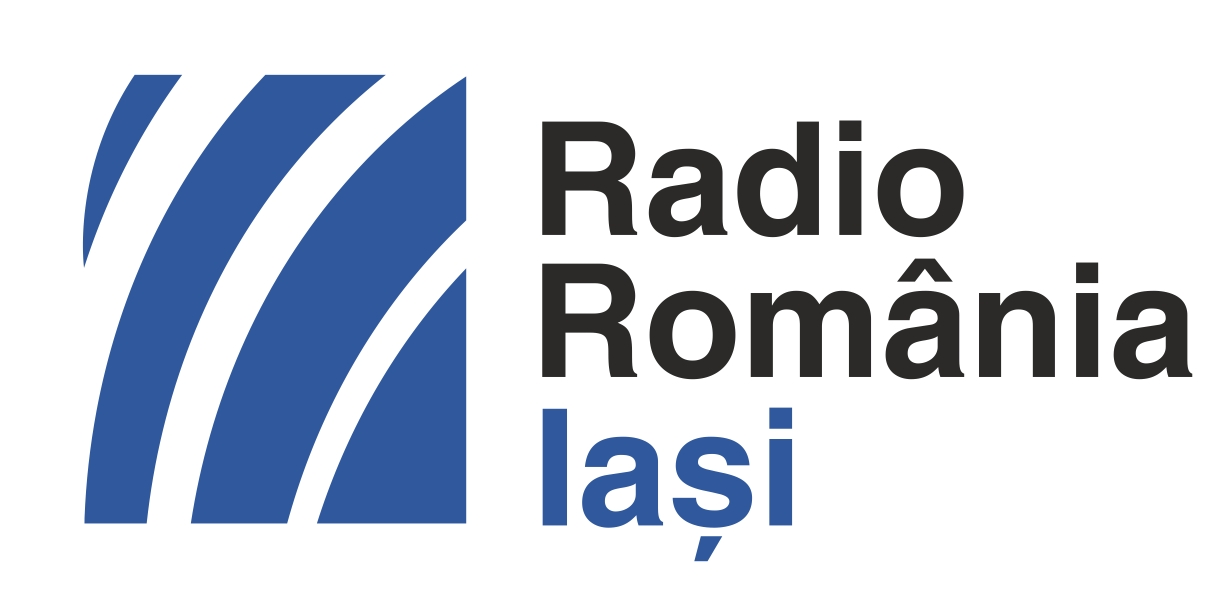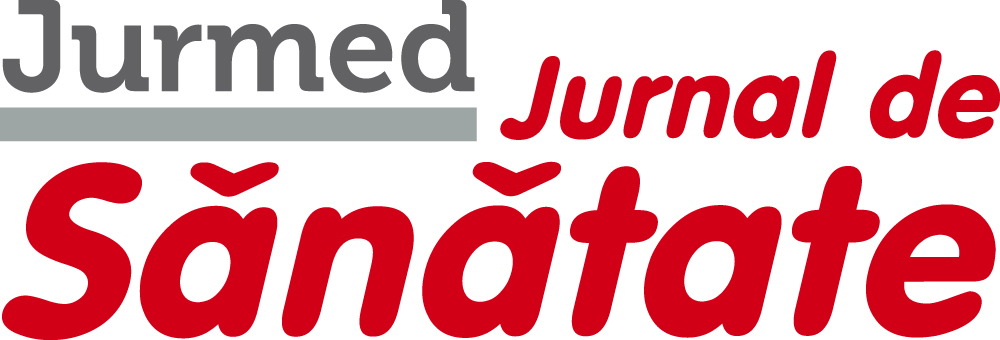Prof. Dr. Sadoughifar Roxanna

Doctor Sadoughifar Roxanna
Advanced Micro Surgery Hair Science Clinic, Teheran, Iran
Contactează operatorul PDI 2024
Operatorul PDI 2024
![]()
Adresa: Str. A. Panu nr. 13, Iasi
Tel.: 0332.40.88.00-05
E-mail: contact@pdi.ro
Website: www.eventer.ro
Parteneri Media








